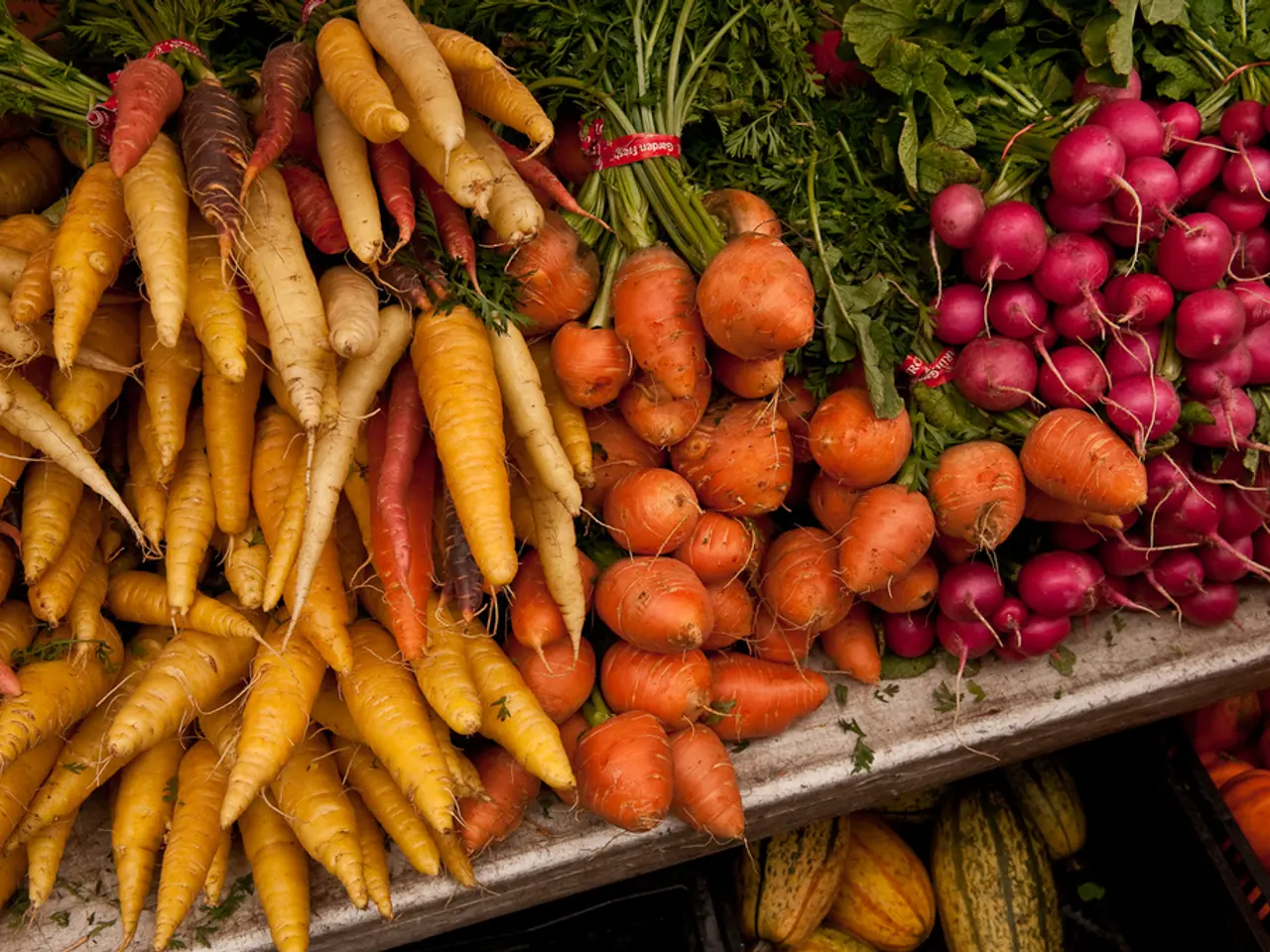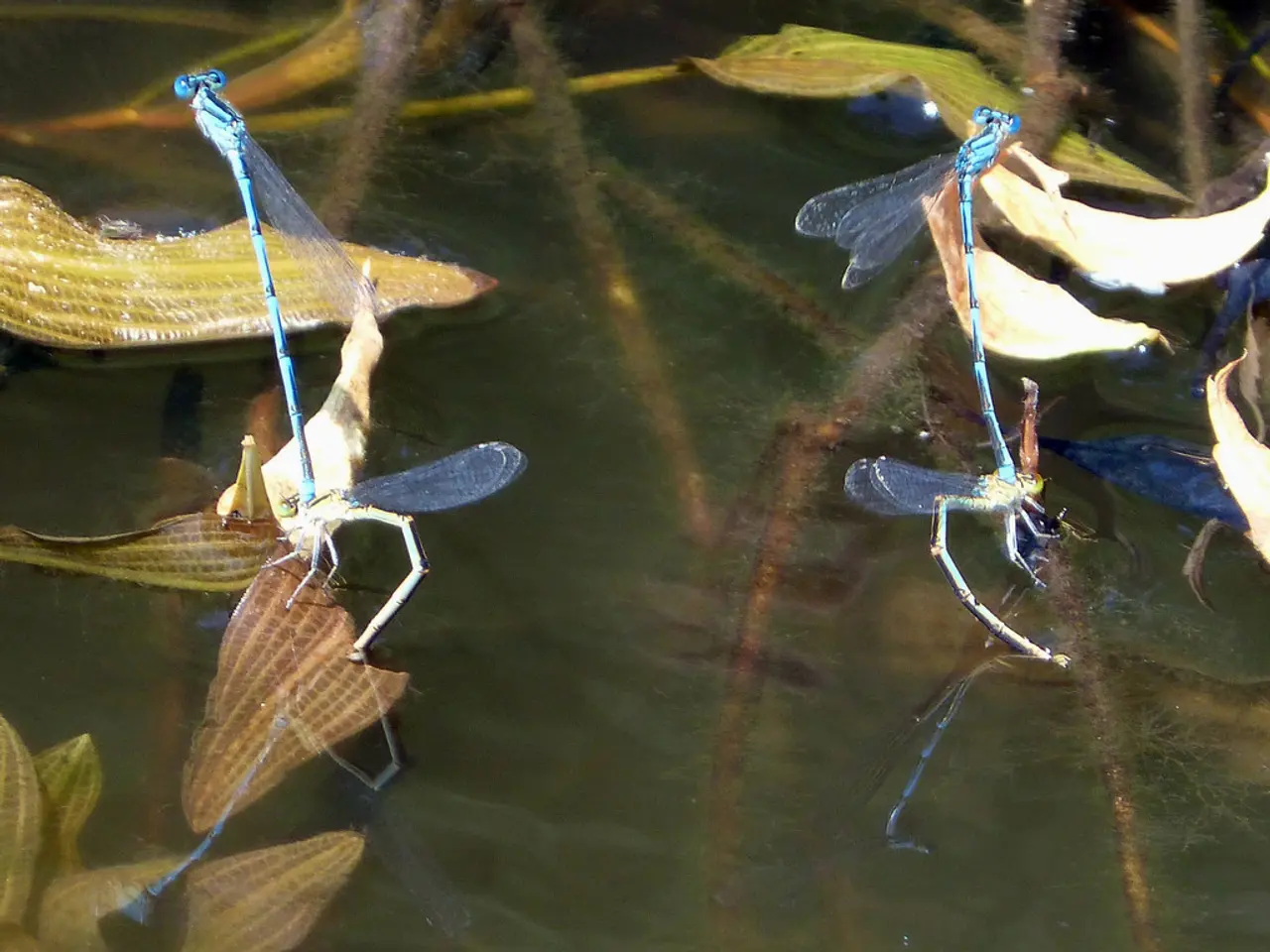Summertime Container Plant Nutrition Guide
Containerized plants, such as those grown in pots and hanging baskets, face unique challenges when it comes to nutrient management due to the low cation exchange capacity (CEC) of their potting media. This means that nutrients are more prone to leaching out and less able to be retained compared to soil.
To meet these needs, a combination of liquid and slow-release fertilizers is recommended. Liquid fertilizers, such as liquid kelp, fish emulsion, worm casting tea, and compost teas, provide quick nutrients that are rapidly absorbed by plants. However, due to fast nutrient washout in containers, they do not last long. Slow-release (granular) fertilizers, on the other hand, provide nutrients over an extended period, helping maintain consistent nutrient availability in containers. Using both types together ensures a balance between fast nutrient availability and sustained feeding.
For containerized flowering plants, a fertilizer with a higher middle number (phosphorus) on the N-P-K label is beneficial since phosphorus supports root and bloom development. Balanced fertilizers like 7-7-7 (N-P-K) are effective for fruiting and root vegetables, while higher nitrogen formulas like 8-3-5 favour leafy greens and herbs.
Another solution to improve nutrient retention in container media is the addition of biochar. Biochar has a high CEC and can help hold nutrients longer, slowly releasing them to plant roots over time. This complements fertilizer use by improving nutrient use efficiency and overall container soil health.
While more common in hydroponics, water-soluble fertilizer formulas used in hydroponic systems can be effective for container plants if carefully managed. These provide precisely balanced soluble nutrients and require monitoring of pH and electrical conductivity (EC) to optimize nutrient uptake.
In Iowa, calcium and magnesium do not need to be routinely applied since they are already in sufficient quantities in most soils. However, plants grown in potting media need all 12 required macro and micronutrients applied to them, as there is no nutrient reservoir present. To address an iron deficiency, plants may need their pH lowered or additional chelated iron added. Overwatering plants can lead to nutrient deficiencies occurring more quickly.
In conclusion, by combining these approaches—using both liquid and slow-release fertilizers, selecting nutrient ratios suited to the plant, and amending potting media with biochar—you can effectively manage nutrient supply in containers and ensure healthy growth for your containerized plants.
- To enhance nutrient retention in container media, one could consider the addition of biochar, a material with a high cation exchange capacity (CEC), which can help hold nutrients longer and release them gradually to plant roots.
- For containerized flowering plants, a fertilizer with a higher middle number (phosphorus) is beneficial on the N-P-K label, as phosphorus supports root and bloom development.
- In hydroponic systems, water-soluble fertilizer formulas are common and, if managed carefully, can be effective for container plants, providing precisely balanced soluble nutrients that require monitoring of pH and electrical conductivity (EC) to optimize nutrient uptake.
- Plants grown in potting media rather than soil need all 12 required macro and micronutrients applied to them, since there is no nutrient reservoir present, and overwatering can lead to nutrient deficiencies occurring more quickly.




